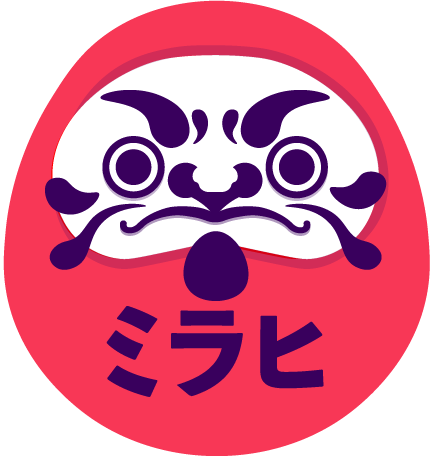How we chose our office coffee machine
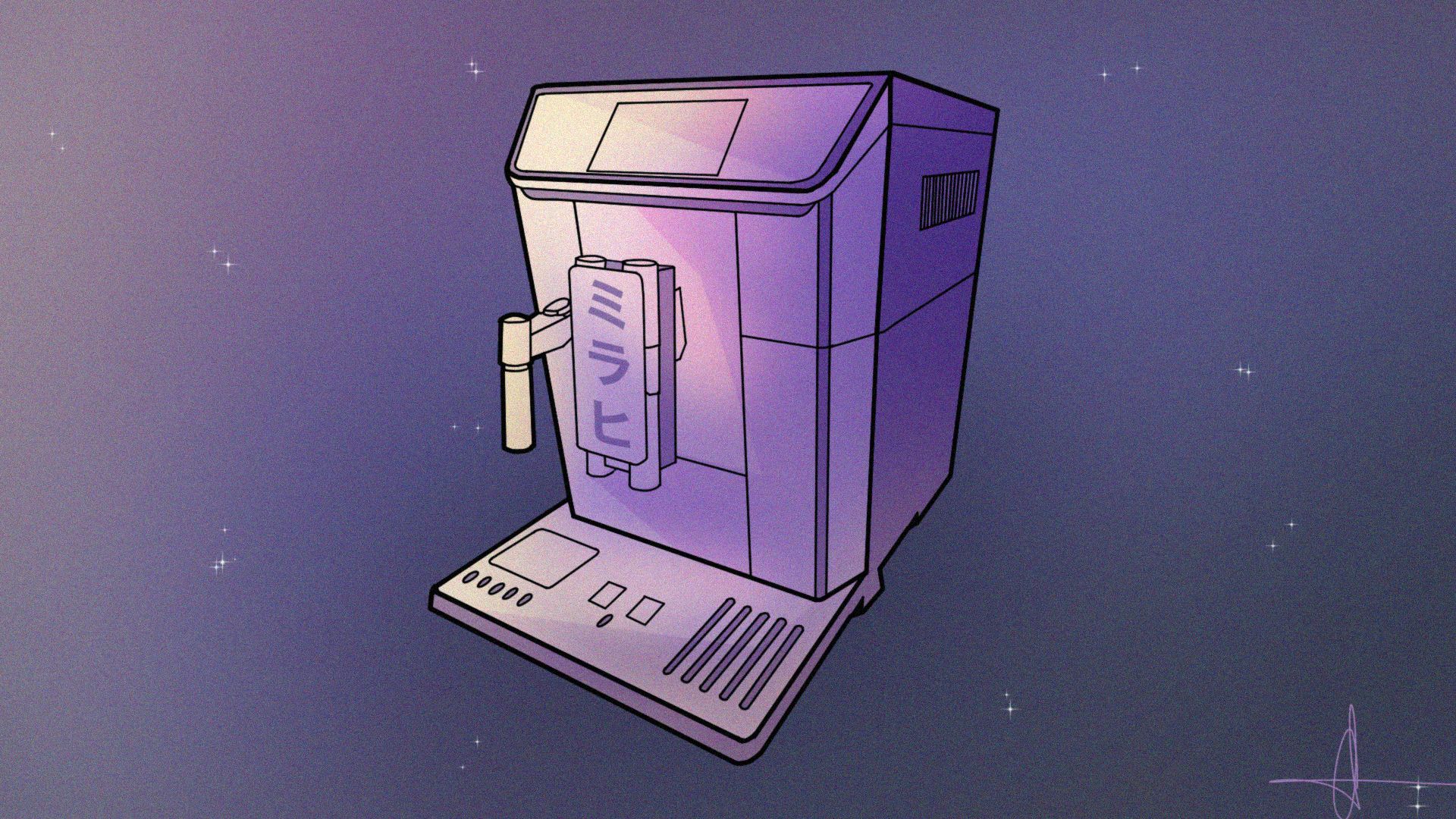
Back in the summer of 2020, we had to choose a coffee machine that could easily serve 7 people (and of course more in the future)
disclaimer all prices and data are based on 2020 pricing
Four parameters were chosen to respond to the need: type of coffee, type of machine, after-sales service, and pricing.
Type of coffee
Choosing a type of coffee for 7 people with different tastes is difficult; the market offer is simply enormous; thus, in order to move, we kept three types:
- Senseo coffee pads,
- Nespresso coffee pods
- Beans
They all had advantages and disadvantages. Here is just a few examples:
- Senseo pads are inexpensive and simple to recycle; after use, we could reuse them for our plants (we love plants) or simply place them in the organic bin and use them as fertilizer; however, the coffee selection is limited in comparison to Nespresso and beans.
- Nespresso and compatible pods come in a variety of sizes and shapes: large, small, light, strong, complex, rich, balanced... However, it is expensive, and we knew we had a lot of coffee drinkers, especially since those pods are made of aluminum, which is 100% recyclable but has a huge carbon footprint.
- Beans had the advantage of variety and low cost; the only drawbacks at the time were storage and a lack of knowledge.
Type of machine
We made a small selection of coffee machines based on user reviews on various marketplaces and, where possible, reparability.
Senseo pods
For Senseo pods, we made chose the classic Philips HD7817, 80 EUR, knowing that it could be hacked with the project SenseoWifi.
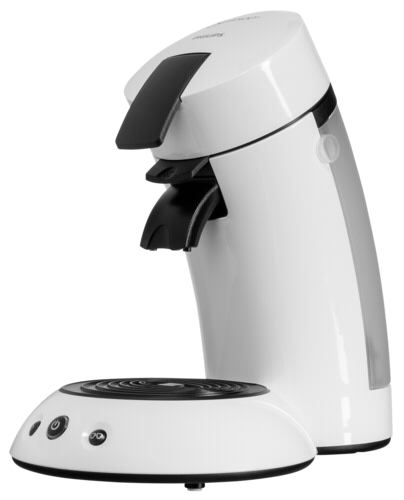
Nespresso
Choosing a Nespresso option was much more difficult - almost every brand had their own machine with numerous options such as milk, different coffee sizes (Ristretto, Espresso, Lungo, Americano), sometimes they had an application, or even a subscription model. We had to make a decision, and we ended up with three different machines.
- Nespresso VertuoPlus, 199 EUR, uses vertuo capsules.
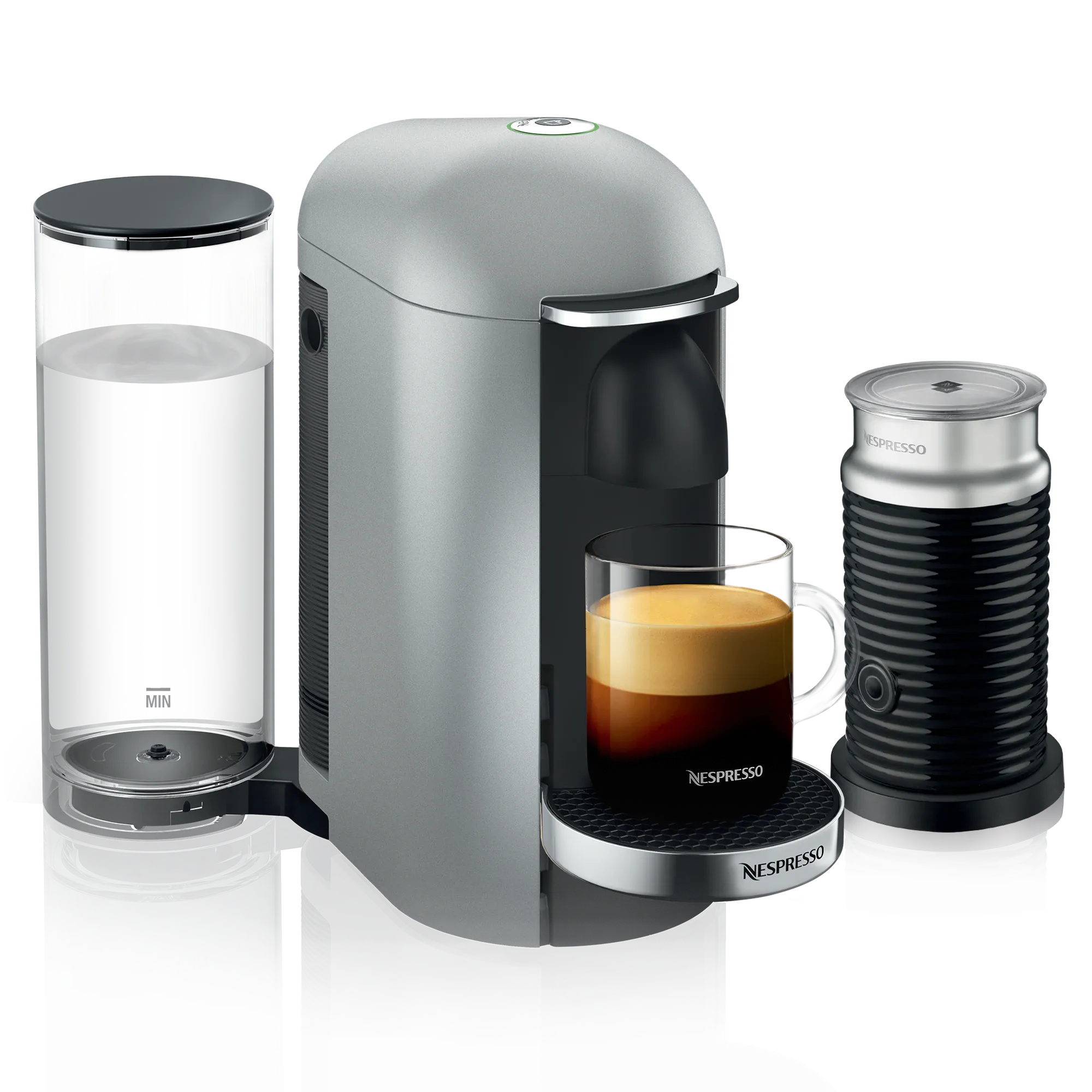
- Krups Nespresso U, 95 EUR, classic model, many repair tutorials and spare parts were available.

- Bosch Tassimo, 45 EUR, the pricing, and the different pod selection from Nespresso were a big plus!
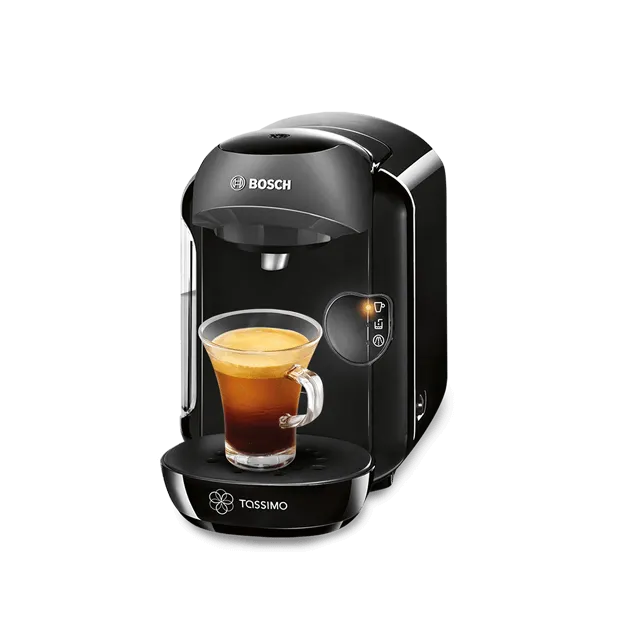
Bean-to-cup
Last but not least, the Bean-to-cup coffee machines
- Philips 2200 EP2220/10, 306 EUR, the simplicity was a key point.

- Delonghi PrimaDonna Elite ECAM650.85.MS, 1100 EUR, this machine had an APP, a fresh milk tanker, a chocolate tanker/mixer, and a Bluetooth connectivity + opensource project --> manekinekko/cafy

- Jura WE6, 1198 EUR, despite the lack of features, this machine came with onsite training and a 4-year warranty that covered maintenance and repairs.

- Melitta Barista TS Smart, 1049Eur, features, features, features everywhere! An app, 21 recipes, an external fresh milk tanker and many more. Unfortunately, there weren't many reviews of this machine.

Summarized, it's all about the features!

Fresh milk was a key feature requested by the team! No milk powder or creamer cups, only fresh milk.
We narrowed it down to the Prima Donna Elite, Melitta Barista, and Nespresso VertuoPlus because we'd be taking the aeroccino regardless.
After sales service
Because we knew we'd be getting a PrimaDonna Elite, Melitta Barista, or Nespresso, we didn't pay much attention to after-sales services. However, if we decided to rent the machine through a third party, Jura offered a nice after-sales service; if we chose this option, Cafés Van Hove was the partner we'd like to work with.
Pricing
In terms of pricing, we took a naive approach. This is how we calculated the total worth of the purchase for us:
- price of the coffee
- price of the machine
- consumption over a year and over five years for seven people who drink 2-3 cups of coffee per day
Of course, it would have made more sense to also include all cleaning supplies, cups, water, and maintenance time, but we were naive at the time.
We took all data from one supplier for coffee, excluding Nespresso, to avoid adding competition between suppliers.

Complexity vs. simplicity; it should come as no surprise that all Nespresso pods were the most expensive for Arabica coffee, whereas the beans would be the cheapest option.
The price of a coffee machine is strictly dependent on the feature and the type of coffee. If you go for Nespresso pods, machines will be slightly cheaper, but you'll end up compensating with the pods price, whereas for the "coffee beans world", you'll end up paying more for features such as Bluetooth, recipes, milk tanker...
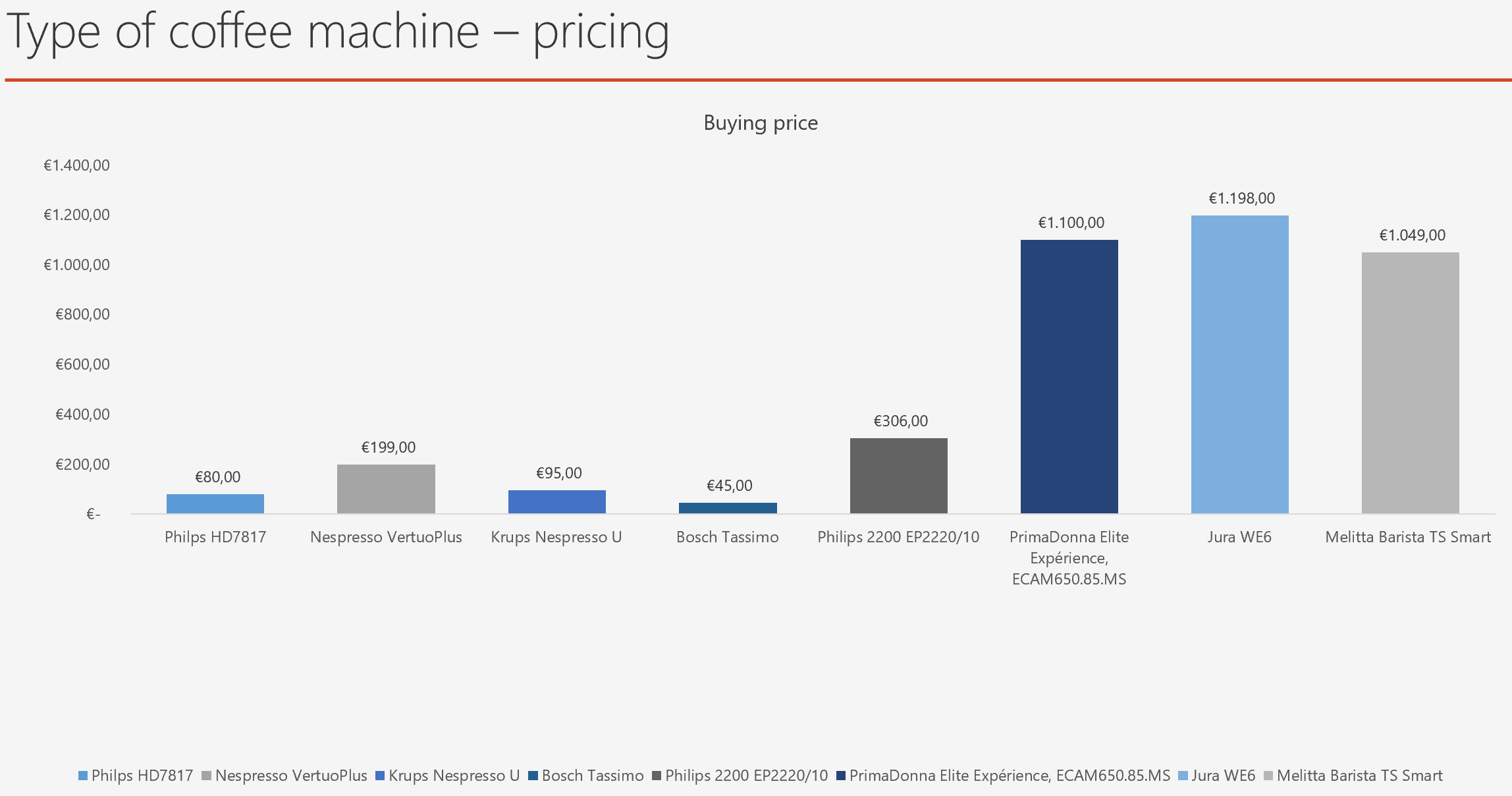
A year of coffee, without water and maintenance costs

5 years of coffee, without water and maintenance costs

We came to the conclusion that the "Nespresso pods world" was more expensive than the "coffee bean world" due to our naive approach.
Conclusion
After weighing all of the features of the Melitta Barista and the PrimaDonna Elite, we decided on the PrimaDonna Elite model ECAM 650.75.MS (not 650.85.MS due to a stock issue), with the touchscreen tipping the scales in our favor (because the PrimaDonna one felt more sophisticated and up-to-date).
We also obtained some statistics with the PrimaDonna after more than two years of use, we consumed:
- 4056 coffees (espresso, lungo, doppio)
- 57 drinks with milk (remember this was a core feature 🙃)
- 4 hot chocolates
- 1143 litres of waters (descaling seems to count there; 4-6l per descaling)
From a maintenance standpoint, we change the water filter on a regular basis (every two months), and the machine requested that we descale 31 times.
Read how we created a natural planter box for our office here
